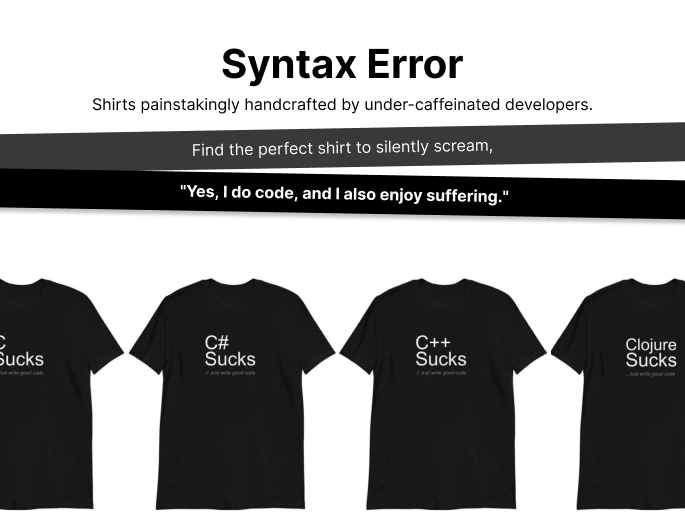Source: thenewstack.io
KubeVela Packages Kubernetes for Platform BuildersCategory: Microsoft, Kubernetes
We think you might be interested in this job:
Prismatic
Beyond abstracting away complexities for ease-of-use and to avoid silos, Shi also points to the ability of Kubevela to simplify changing out different Kubernetes components. By adding a translation layer between Kubernetes and the end user — in these scenarios, the developer — Kubevela intends to make it so that swapping out one service mesh for another, for example, would not require the intimate knowledge of Kubernetes and the service meshes in question that would otherwise be necessary.
Currently, Shi said that Kubevela is still in pre-release, with a launch of some sort expected for KubeCon + Cloud Native Con North America, but that for now “there’s not too much to talk about in terms of features,” beyond the basic principles of OAM in action.
Related Articles
Community Partners
DevOps Careers









